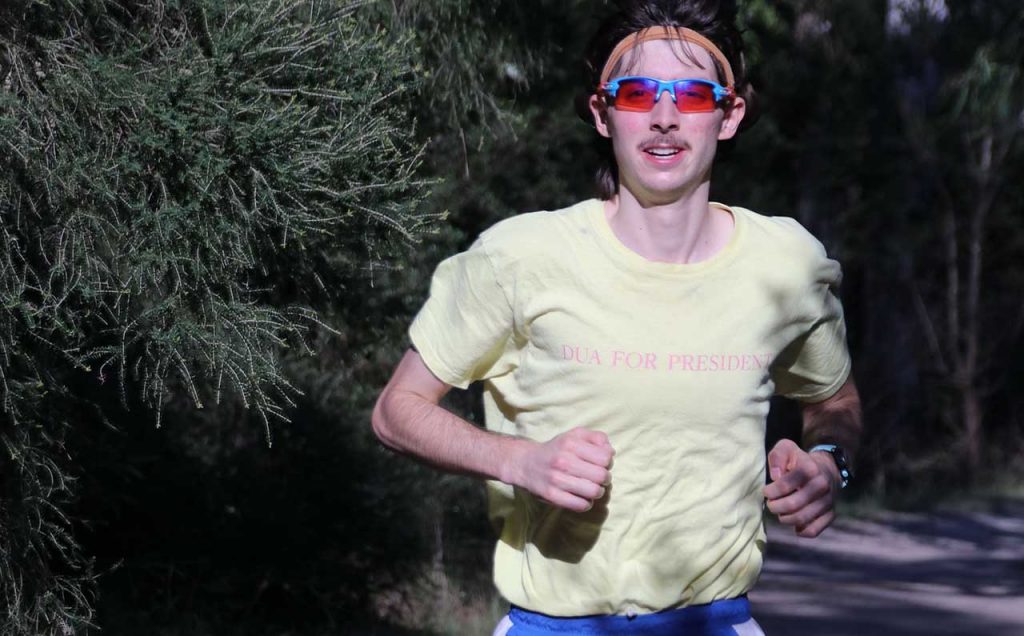Australian researchers are developing a new gene therapy that they hope will ‘switch on sight’ by regenerating light-sensing photoreceptor cells in the retina at the back of the eye.
Research by Dr Raymond Wong and his Cellular Reprogramming Team at the Centre for Eye Research Australia is the focus of this year’s Hope in Sight Giving Day.
Held to coincide with World Sight Day 14 October 2021, the day aims to raise awareness of vision research and raise funds to develop and trial pioneering gene therapies in Australia.
“Photoreceptors are tiny cells in the retina at the back of our eye – which pick up light and send the signal from the retina to the brain, enabling us to see,’’ explains Dr Wong.
“They rely on a series of complex genetic signals to operate properly. When these signals misfire or the cell is damaged, irreversible vision loss and blindness can occur.
“Currently there is no cure for blindness once photoreceptors are lost but my research is aiming to change that.’’
Dr Wong’s research aims to help 190 million people worldwide experiencing diseases where the death of photoreceptors leads to blindness. These include rare Inherited Retinal Diseases like retinitis pigmentosa or Stargardt’s disease and more common conditions such as age-related macular degeneration.
Dr Wong’s team have mapped the precise genetic profile which enables photoreceptors to function properly.
They are now attempting to ‘reprogram’ stem cells in the retina, known as Muller glia cells, and turn them into photoreceptors to restore sight.
Currently, the research is in pre-clinical stages, being tested on cells in the lab. Over the long-term they hope their research will lead gene therapies to treat blindness.
Melbourne commerce student, and keen long-distance runner, Billy Morton is the face of this year’s Hope in Sight Giving Day campaign. Billy, 22, was first diagnosed with the rare genetic disease choroideremia in his early teens and has experienced a progressive loss of night and peripheral vision.
He is now living with an uncertain prognosis – and does not know how much vision he will ultimately lose or how fast the disease will progress.
When Billy was first diagnosed there was no prospect of a treatment for his disease but in the past decade progress in gene therapy research has provided new hope.
“Gene therapy research is incredibly exciting and it makes me hopeful and optimistic that it will make a difference.
“For now, I just make the most of every day and appreciate what I have without worrying about the things I can’t control.
“Hopefully there will be research that will benefit me, but if not, it is exciting to know that it could make a difference to other people.’’
CERA’s research to tackle irreversible blindness includes:
- Development of a gene therapy for a rare form of retinitis pigmentosa
- Research on a gene therapy to repair optic nerve damage from glaucoma
- A natural history study to understand how inherited retinal diseases progress and identify people suitable for clinical trials, and
- Australia’s first clinical trial of a gene therapy to treat dry age-related macular degeneration.
Every dollar donated to CERA’s research on World Sight Day will be tripled by generous matched donations from the National Stem Cell Foundation of Australia and the Centre for Eye Research Australia Foundation.
“Supporting Australian stem cell researchers pursuing cures for, as yet untreatable, diseases is a core part of our mission,” said National Stem Cell Foundation of Australia General Manager Graeme Mehegan.
“Dr Wong and his colleagues at CERA have an outstanding scientific track record. It’s a pleasure to partner with them to give real hope for people with vision loss on this World Sight Day.”
Donate at charidy.com/HopeinSight

